






































WORCESTER FLYING CLUB MINI FLY IN FESTIVAL
By John Illsley
Google Banner Ad
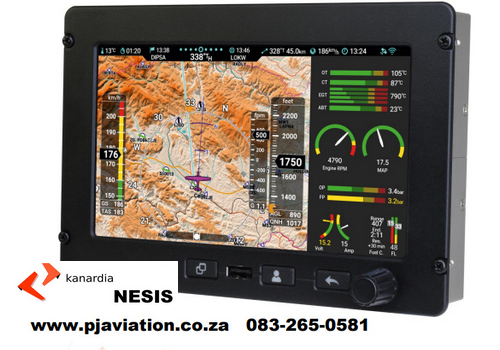

The organizers of the Worcester Flying Club event await the arrival of the first visitors to their fly in event. A big airfield, long runway, fuel available and plenty to eat and drink. All that is needed are visitors.

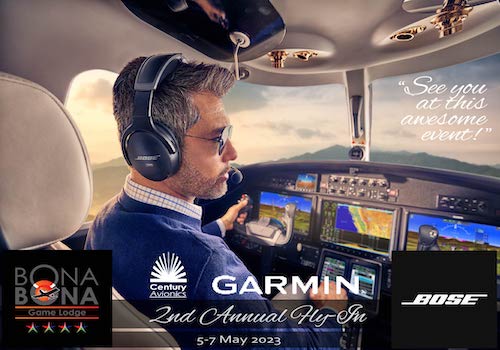
Jabiru ZU-CIT won the spot landing competition. In the absence of even a light breeze, conditions were perfect for pilots to display their landing skills.
It was a good day for the Jabiru pilots with all three of the visiting Jabirus winning top places in the spot landing competition. Obviously these Australian designed and locally assembled light aircraft are being flown with aplomb by their owners.
An Atlas Bosbok was the only warbird type to attend the event. It carries one of the authentic colour schemes used when it was flying with 42 Squadron of the SAAF. Several remain in private hands today for those who can afford the substantial running costs. Like the larger Kudu, it has the nickname of the “Convertor” because it's six-cylinder engine effectively converts Avgas into noise! When this Bosbok overshot and flew a wide downwind leg, the sound was very audible from the opposite side of the valley.
A Cubby II was one of several locally manufactured light aircraft that were represented at the fly in. This type is built not too far from Worcester on the outskirts of Barrydale.
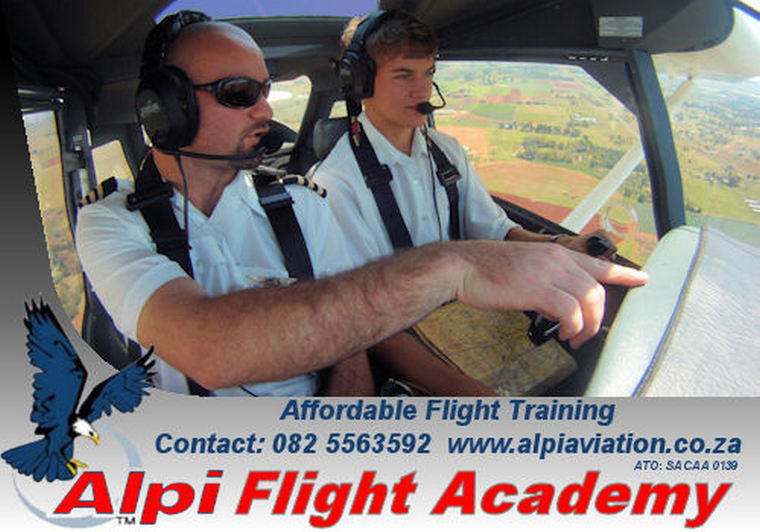
This Bede 4 C was very in evidence during the morning flying circuits at the airfield. It is an American homebuilt design of all-metal construction.
This Savannah made the slowest approach of any attendee. With flaperons fully extended it looked certain to win the spot landing competition, but that was not too be. This is another locally produced type, emanating from a company just outside of East London.
The Pipistrel Virus with its distinctive T-tail design aims for the numbers on short finals.
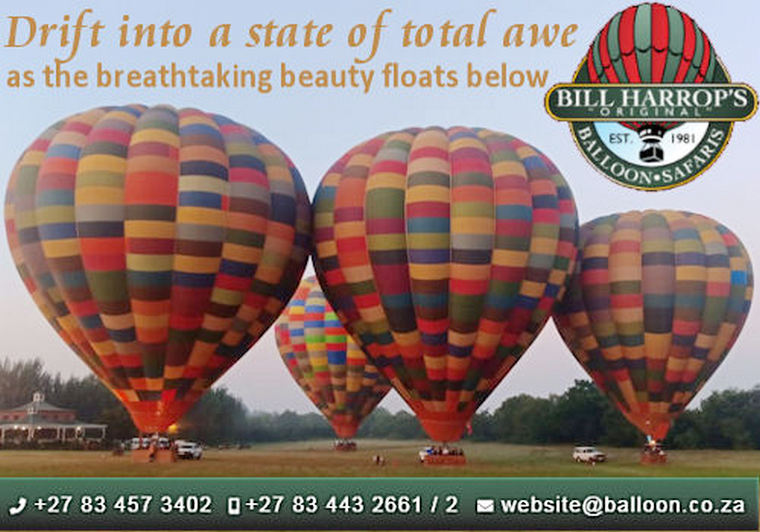
Representing another South African success story in aircraft manufacturing was this Sling 4, ZU-IJS. The company, based at Tedderfield outside Johannesburg, has sold significant quantities of its products in Africa and overseas and is now pursuing a high wing design.
The complete dearth of aircraft that would be regarded as truly vintage or classic types was born out by the fact that this Piper PA24 Commanche was awarded the prize for the “best vintage aircraft”. This was merited on the basis of its relative age, but is a shame that there were no other classics in evidence. With wheels retracted, it remains a very clean design decades after it was built.


There were no glider launches going on during the morning, presumably to accommodate the fly in. This Tandem Falke motor glider was the closest to a glider that flew during the event.


An RV7, registered as ZU-ADB, is one of those assembled by Robin Coss in Cape Town and was one of the Van's types attending.
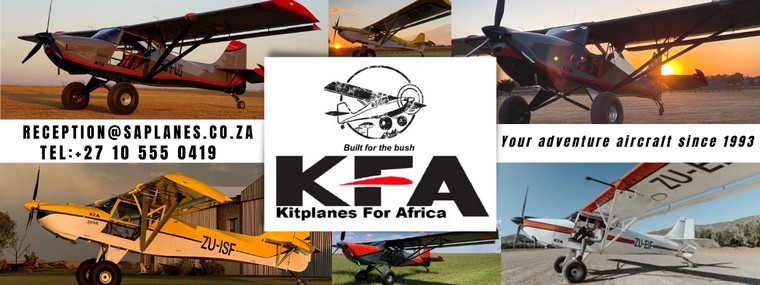
A Rainbow Cheetah made the journey to Worcester for the event, product of a local microlight manufacturer.
Representing the gyrocopter community was this Magni which ventured across the mountains. It might have had an unfair advantage in the landing competition, but the fixed wings still did better.
The airfield is home to several homebuilt designs that are unique in South Africa and the event could have seen some of these pulled out on to the flightline for visitors to view. I was hoping that Tipsy Nipper might be among them. Sadly, most hangars remained locked and only a few resident aircraft were to be seen.
The neat hanger “hangout” know as Bertie's Landing houses a Kifox and a Magni autogiro. No doubt a “home from home” for its owners, it has a great view of the runway.


This wonderful old corrugated iron building, one of the oldest on the airfield, is home to an assortment of gliders belonging to Cape Gliding Club members.
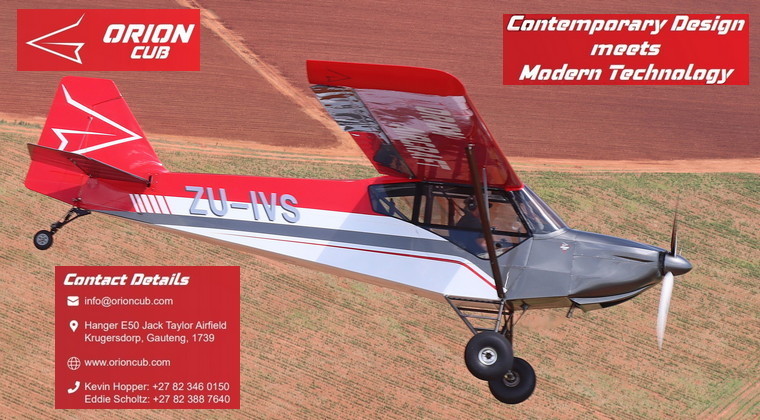
Live musical entertainment was provided by the orchestra of Hoërskool Belville which played a variety of very pleasant medleys during the morning. Afterwards they were rewarded with the opportunity to view the visiting aircraft up close.
The miniature side of aviation was represented by the Winelands RC club with some of their models.
The visiting Pipistrel Viris taxis out for departure. These Slovenian composite aircraft are now also available with an electric motor driven from two batteries. One flying school in the Eastern Cape has already started using these for training purposes.
Visiting aircraft start to depart Worcester, in this case an RV7. The windless conditions are very evident here: The sock is dead, long live the sock”!


Boeing B17 Flight - Unforgettable

Google Banner Ad
 |
 |
 Copyright © 2024 Pilot's Post PTY Ltd
The information, views and opinions by the authors contributing to Pilot’s Post are not necessarily those of the editor or other writers at Pilot’s Post.
Copyright © 2024 Pilot's Post PTY Ltd
The information, views and opinions by the authors contributing to Pilot’s Post are not necessarily those of the editor or other writers at Pilot’s Post.